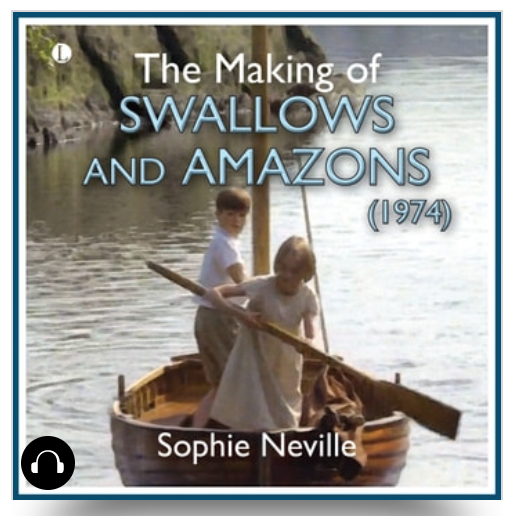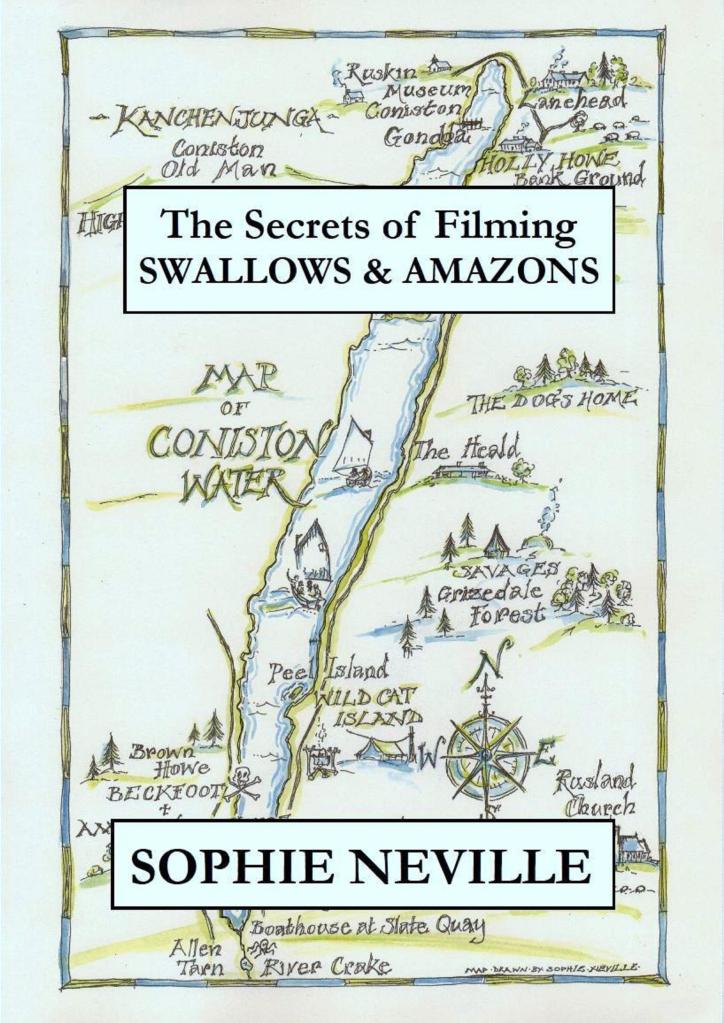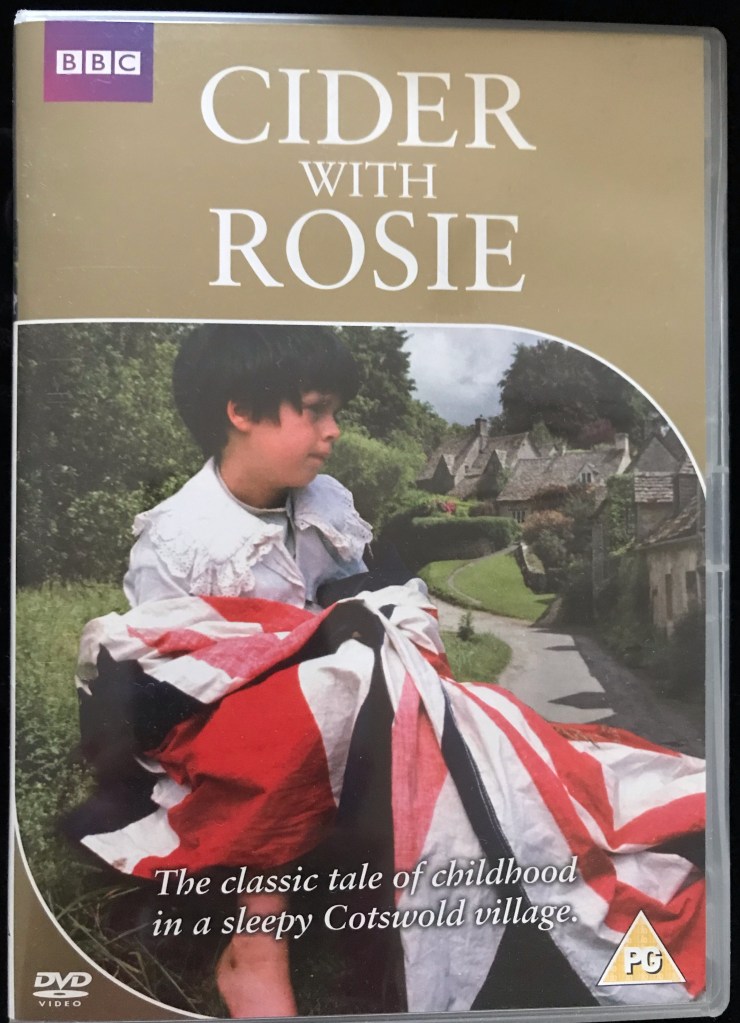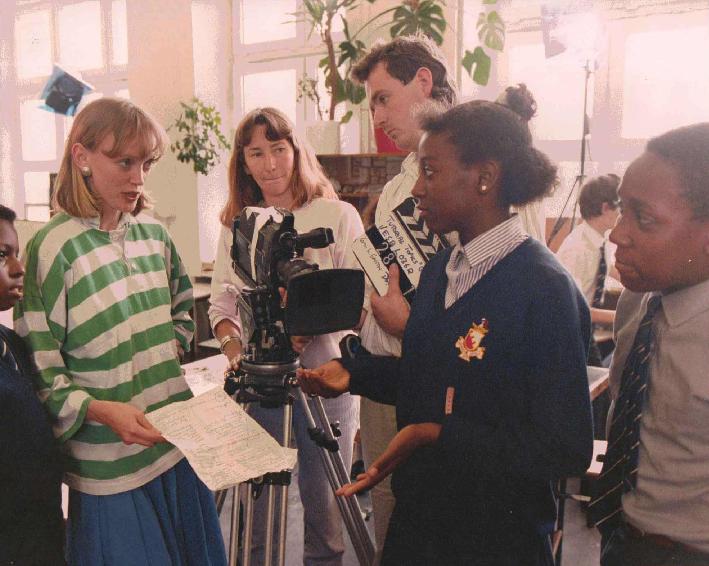I was interviewed about working in film and television on Episode 170 of The Writing and Marketing Show. You can listen it on Spotify here
On Apple Podcasts here or scroll down here to the podcast entitled: From Actress to Author: A Life in Creativity
This is a transcript of the notes I made to prepare for it:
It’s fifty years since ‘Swallows and Amazons’ was filmed on location in the Lake District, can I ask: how did you go about getting the role of Titty?
The extraordinary thing was that, as a normal schoolgirl, I didn’t do a thing. A letter arrived out of the blue inviting me for an interview. Forty years later, when I put an extract of my ebook on ‘The Secrets of Filming Swallows and Amazons’ up on Goodreads, one reviewer wrote that it was ‘a good idea for a novel but a bit far-fetched.’ They didn’t realise that my story was true.
The prospect of risking film finance on six unknown children must have been daunting. Claude Whatham the film director, knew both me and Sten Grendon (who played Roger) as he had cast us in the first BBC adaptation of Laurie Lee’s memoir Cider With Rosie, back in 1971. He’d given me the part of Eileen Brown because I could play the piano well enough to accompany Laurie Lee on violin in the parochial church concert. I stumbled through ‘Oh Danny Boy’ at an agonising pace but did exactly what I was told. You can still buy the DVD.
After my first audition for the part of Titty, a group of us were taken on a sailing weekend to see how confident we were in boats but I was never asked to read for the part as you might expect. There was no film test. It all happened very fast. The letter was sent on 30th March. By 14th May 1973, we were shooting the first scene with Dame Virginia McKenna playing my mother.
- Tell us about your time on the set and the recording of the movie. The ninety- minute feature film was shot on 35mm almost entirely on location in the Lake District where we were based for seven weeks. The first set was a railway carriage, which was nice and warm. It was soon a twelve-foot dinghy out on Coniston Water when I wore nothing more than a thin yellow dress and a pair of navy blue elasticated knickers. The experience was usually chilly, and involved a great deal of waiting around, but we survived.
- I’ve got to ask this, what was it like to work with Virginia McKenna? Dame Virginia was charming and brought us together as a family, helping me to concentrate on the story. I had a few scenes alone with her on Peel Island when Titty, who is pretending to be Robinson Crusoe, persuades her to play Man Friday. It was unexpectedly embarrassing because I lost a milk tooth halfway through one sequence and grew self-conscious about opening my mouth. I coped better when handling her boat. I’m longing to be invited on a chat show when they gather together all the film actors who’ve played Robinson Crusoe. I’m pretty sure that I’m the only woman who has embodied the character in a movie.
- I’m curious, were you able to sail before getting the part or did you have to learn? I grew up by a lake and had crewed for my father so I was used to small boats, but it was Simon West and Kit Seymour who were the brilliant sailors. Their skill shines through and made the film great. Some of the maneuvers were quite scary.

- No one asked if I could row a boat and yet Titty rows in three crucial scenes. It’s more difficult than you might think when you have a Panavision camera onboard or are effectively towing the camera boat. We now have a modern dinghy which we sail on the Solent, with a little more attention to safety.
- If I remember rightly there weren’t a lot of life jackets in the movie. Was health and safety not such a concern then? The story is set in 1929, so none of us wore life jackets in vision. We could swim but the water was freezing and our wooden boat lacked buoyancy of any kind. My father, who was an experienced sailor, was not happy with the safety aspects and nearly took me home. We’d been fine while sailing free but nearly collided with the Lakeland steamer while Dad was dressed as a film extra, looking down on us from the deck. He insisted on a safety officer after that.
- Are you still a sailor or do you feel that part of your life is over? The Arthur Ransome Society has just acquired both Swallow and Amazon, the clinker-built sailing dinghies used in the film, which are being restored for members to sail. I’m very much looking forward to taking them out on Windermere. I am also a member of the Nancy Blackett Trust who keep the first yacht that Arthur Ransome bought with his royalties from ‘Swallows and Amazons’. I’ve sailed her on the Orwell, on the Solent where I live, and through the inland waterways of the Netherlands. You too can join the trust and imagine yourself as one of the characters in Ransome’s books ‘We Didn’t Mean To Go To Sea’ and ‘Secret Water’ in which his yacht is cast at the Goblin. It’s wonderful reading those novels when you are on board.
- I can’t help but wonder, how did your acting career help in your writing career? It helps when writing dialogue – and film scripts.
- Why the change from acting to writing? As soon as I graduated from university, I went into television production at the BBC in London, where I began writing my first piece for Nicholas Parsons in 1982. I went on to write or edit about seven programmes that I produced when working for BBC Education. I only began writing books and articles in 1999 after turning professional as a wildlife artist. This was useful as I’ve been able to draw on my stock of illustrations including decorative maps, which always look good at the beginning of a book.
- You wrote a book, which I am reviewing for the magazine, called The Making of Swallows and Amazons. What was it like revisiting your past in this way? I began writing that particular memoir as a blog using the diaries and scrapbooks that we’d kept on location as children. I was aided by other members of the cast, fans of the film and members of both The Arthur Ransome Society and Arthur Ransome Group on Facebook who helped me with historic detail. Once published, additional stories floated down from Cumbria, which was exciting. It’s now in its second edition and is out as an audiobook. I’ve been gathering information for a third edition and a book about the making of ‘Coot Club’ and ‘The Big Six’, a serial made by the BBC that I worked on behind the camera in 1983. The first three chapters have already been included in the DVD Extras package.
What does a writing day look like for you? I usually wake early, sit up in bed and write for two or three hours before the emails pour in. If possible, I’ll keep writing until lunchtime, but the admin of life tends to encroach on my time.
Let’s get personal, maybe a silly question for a sailor but on holiday do you prefer sea or mountain and why? Ah, you must read my book ‘Ride the Wings of Morning’. I enjoy summer sailing but prefer riding horses through the hills.
If you could go anywhere in the world to write a book where would it be and why? I’ve written most of my books in South Africa where the climate agrees with me. It’s easier to concentrate in the wild.
What’s your favourite meal? I’m a Celt – 57% Scottish with a bit of Danish blood. You’ll find me at the seafood bar ordering gravlax followed by a rare steak – preferably from stock reared on the moor.
Do you prefer keyboard or notebook and pen? I work with a notebook and pencil to start with, then bash away at my laptop, which is not good for the posture.
Last question, which one of your books do you recommend to Mom’s Favorite Reads readers? I recommend ‘Funnily Enough’, based on a diary I kept about my family and the tame otters we kept. It’s light and amusing but says something about love and friendship. I hope it will inspire others to keep a journal or begin sketching. You’ll find an audiobook and a kindle copy illustrated in colour. I hope it proves a blessing.
You can read more about Wendy H Jones and contact her via her website here
You can find information on where to buy Sophie’s books on this website here


















